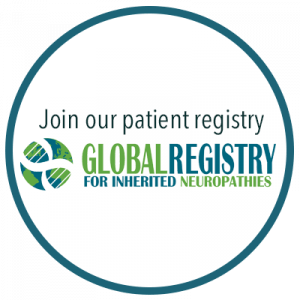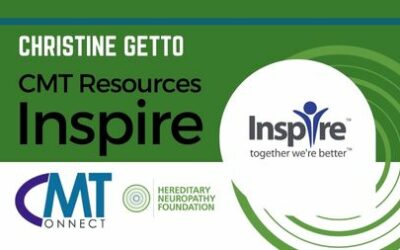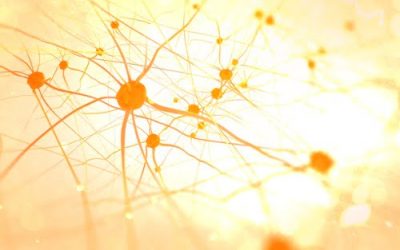 Started in 2013 in partnership with Hannah’s Hope Fund, the Global Registry for Inherited Neuropathies – GRIN – has been collecting invaluable, self-reported natural history data directly from CMT patients and/or their caregivers.
Started in 2013 in partnership with Hannah’s Hope Fund, the Global Registry for Inherited Neuropathies – GRIN – has been collecting invaluable, self-reported natural history data directly from CMT patients and/or their caregivers.
This data has helped HNF and its partners in industry, academia and government identify previously unknown genotype/phenotype correlations, uncover important comorbidities such as pain or respiratory issues, and allowed us to target our research spending based on actual patient need. By participating in GRIN, you are joining a community of patients dedicated to helping us find treatments and cures for CMT and other inherited neuropathies.
3 reasons to join GRIN:
- Joining GRIN can help you get fast-tracked into important clinical trials and studies, including HNFs pilot study collecting important visual data to enhance diagnosis and treatment, as well as support clinical trial design.
2. You are empowering our global network of researchers with important self-reported data that can be used to identify potential new avenues for therapeutic development.
3. Your participation benefits the CMT community as a whole – we all win together!
Help us in our fight to find a cure for CMT and other inherited neuropathies – join GRIN today!














0 Comments